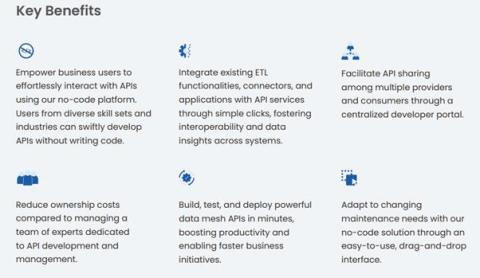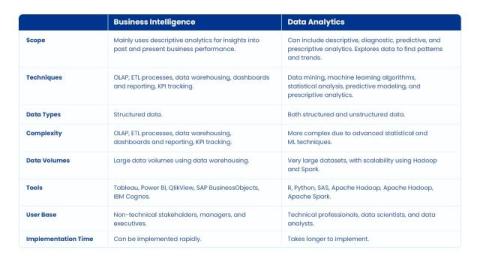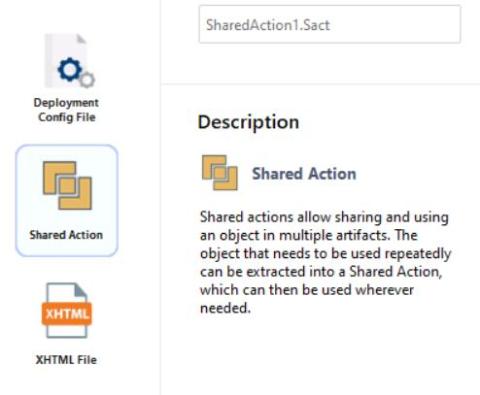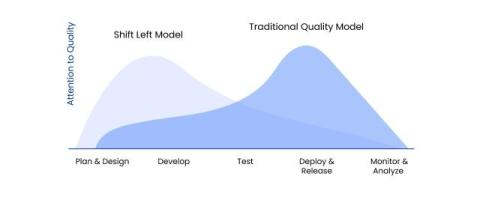Insurance Legacy System Transformation With API Integration: A Guide
Insurers’ success has always hinged on their ability to analyze data effectively to price and underwrite policies accurately. While this analytical capability remains essential, outdated legacy systems hinder insurers from competing in a rapidly changing market. According to McKinsey, modernizing legacy systems can reduce IT costs per policy by 41%, increase operations productivity by 40%, improve claim accuracy, increase gross written premiums, and reduce churn.









